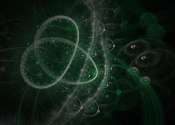Quantum computing on the move
A future quantum computer, using quantum bits, or qubits, might be able to solve problems that are not tractable for classical computers. Scientists are currently struggling to build devices with more than a few qubits, as ...








